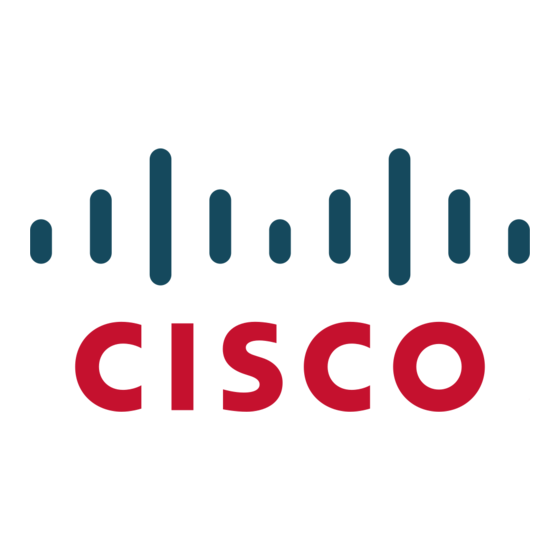Cisco 8800 Series User Manual - Page 10
Browse online or download pdf User Manual for Switch Cisco 8800 Series. Cisco 8800 Series 40 pages. Hosted enterprise uc ip phone
Also for Cisco 8800 Series: Hardware Installation Manual (25 pages), User Manual (4 pages), Quick Start (2 pages), Manual (10 pages), Quick Start Manual (3 pages), Quick Start Manual (2 pages), Start Manual (2 pages), User Manual (24 pages), Quick Reference (2 pages), User Manual (28 pages), Quick Start Manual (3 pages), Firmware Migration Master Manual (31 pages), User Manual (2 pages), User Manual (30 pages), Quick Start Manual (2 pages), Quick Start Manual (2 pages), Manual (44 pages), Manual (13 pages), Manual (14 pages), Manual (4 pages), Manual (4 pages), Get Started (6 pages), Quick Start Manual (19 pages), Maintenance Manual (6 pages), Quick Start (2 pages), Quick User Manual (2 pages), End User Manual (6 pages), Quick Start Manual (2 pages), Trouble Shoot (4 pages), Quick Reference Manual (7 pages), Quick Start Manual (2 pages), Manual (22 pages), Manual (22 pages), Quick Start Manual (2 pages), Quick Start Manual (2 pages), Quick Start Manual (2 pages), Quick Start Manual (2 pages), Quick Start Manual (2 pages), Quick Start Manual (2 pages), Manual (48 pages), Quick Start Manual (2 pages), Quick Start Manual (2 pages), Quick Start Manual (2 pages), Quick Start Manual (2 pages), Quick Start Manual (2 pages)

